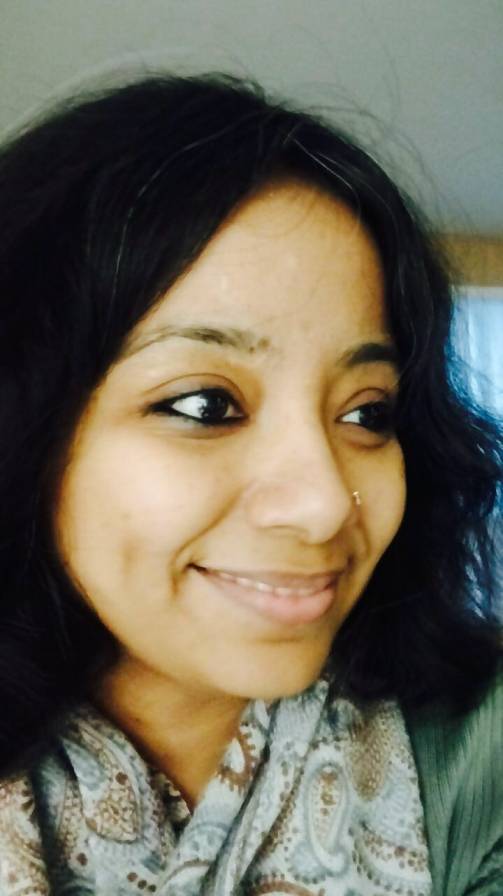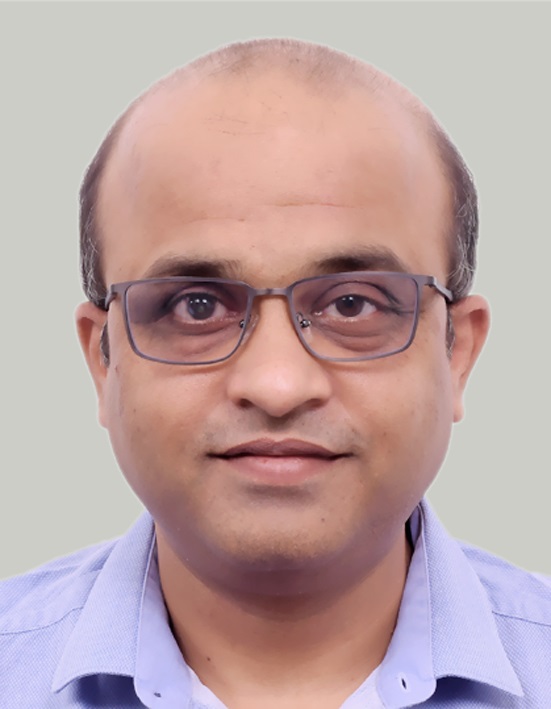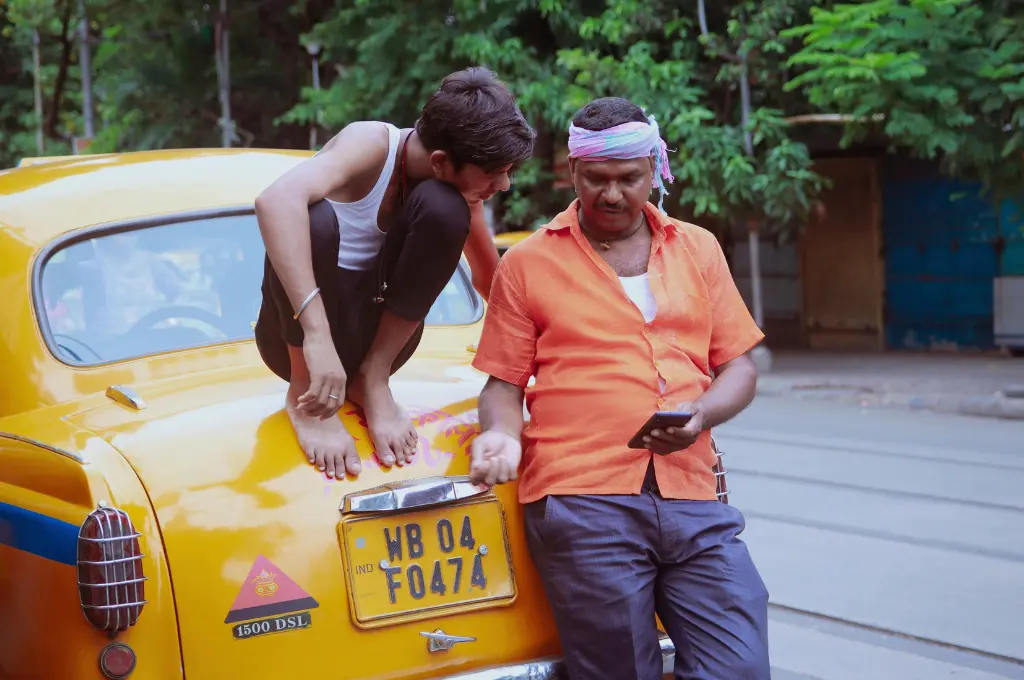In June 2024, Moody’s—the global credit rating and research firm—warned that India’s growing water shortage could pose a threat to its economic growth. Our water predicament holds multiple risks, and can disrupt both farm and industry, leading to severe social repercussions. India extracts more than 25 percent of the world’s groundwater, largely to meet agriculture and drinking water needs. In recent years, this excessive extraction has led to a situation where approximately 60 percent of India’s districts face water stress and/or water quality issues.
Water is significantly affected by climate change and climate change is manifested largely through lack or excess of water. UN Secretary-General António Guterres in his speech on World Environment Day, June 5, 2024, emphasised the need for ‘everywhere all at once’ climate action. Improving India’s water security will require partnerships of an unprecedented scale.
Collaborations to fast-forward ground action
Collaborations bring different stakeholders and actors together and can take many forms—formal or informal, legally binding or non-binding, commitment on scope, etc. For instance, the global resolution around Sustainable Development Goals (SDGs) 2030, a non-legally binding agreement, has gained international traction and support. At a more local level, efforts towards relief work for disaster management by local groups is an example of a temporary informal collaboration.
Collaboration for ensuring water security is a clear and urgent need that HUF is committed to work to fulfil.

Clarity on purpose, principles, goals, and roles
Clear intent is a prerequisite to collaborative action that addresses water security in a comprehensive and contextual manner. We believe in co-creating programmes, which requires multiple actors to come together with a long-term perspective. All programmes should have a well-defined goal that builds on each stakeholder’s unique motivation and strength. When goals are transparent and quantifiable, actionable interventions can be designed around them and daunting turnarounds can be made possible.Undoubtedly, collective strength delivers exponentially more than an aggregation of individual strengths. This has been proven time and again through partnerships we promote. Here’s how:
1. Community-driven transformation
In Osmanabad, Maharashtra, our partner Swayam Shikshan Prayog (SSP) deploys a ‘sakhi cadre’—a locally groomed network of women village leaders—to promote a climate-resilient one-acre model among farmers. The role of the sakhis is to increase awareness about sustainable agriculture and act as role models for women farmers who want to adopt viable and sustainable farming. As community leaders, with a defined network of farmers, they have an ear to the ground and the trust of the farmers. They become instrumental in collecting demand for local water infrastructure and initiating engagement with local panchayats. In addition, they promote backward linkages for seeds and inputs and forward linkages for markets. These sakhis have taken on the mantle for transforming their villages. Building on their knowledge base, they keep interacting with a wider range of stakeholders to become catalysts of change. Their collaboration and engagement has changed the lives of 1 lakh households in the drought-prone Marathwada region.
This transformation could only be possible because SSP nurtured the sakhis to be local collaborators. They represent the voice of the women farmers in the region and, with limited resources, they are able to engage and influence panchayats, markets, experts, and government institutions.
2. Bridging the capability gap
Collaborations where different stakeholders come in with specialised expertise are key to creating long-term impact for programmes. For instance, in Punjab, HUF’s partner Centre for International Projects (CIPT) leads a collaboration comprising farmer cooperatives, academic experts from Punjab Agricultural University (PAU), and the government to promote water-efficient agriculture models suited to Punjab.
Each collaborator has a key role to play. The cooperatives have an active group of farmers they guide and provide input and credit support to. The experts assist farmers with innovative tools and farming practices—such as the use of soil moisture sensors, alternate wetting and drying, and direct seeding of rice (DSR)—to drive change in a state where groundwater is depleting due to overexploitation in agriculture. As models develop, the water-efficient practices are supported by the local government to encourage wider adoption. This collaborative approach is promoting water-efficient farming models in 12 districts across Punjab.
Collaborations between key actors is raising the profile of the local water challenge and driving collective impact in a significant way.
3. Breaking the silos
Water is a subject distributed between different government departments with their own mandates and budgetary allocations. Given the enormity of the challenge, systemic changes are required. The need of the hour is to bring different departments together for planning and execution at scale.
HUF’s partner PRADAN worked closely with the Government of West Bengal on Usharmukti, a programme committed to rejuvenating seven dying rivers in this region. The programme spans over 1,900 watersheds across 54 blocks covering more than 7,000 villages, 14 lakh hectares of area, and 5 lakh families.
The programme was executed with the help of seven local nonprofits and the state Mahatma Gandhi National Rural Employment Guarantee Scheme (MGNREGS) Cell. PRADAN established a formal programme management unit (PMU) to ensure coordination between the community, nonprofit partners, panchayats, and state departments.
The PMU liaised with key government representatives for approvals, fund release, convergence, and issue of government orders to ensure smooth planning and execution. A key aspect of the programme was replicating the approach in other blocks of the state so that the same rigour to planning, execution, and government engagement could be scaled up.
With a clear and common vision, even large government programmes spread across different departments can deliver transformational impact. Usharmukti’s success is a testament to the power of collaboration.
Understanding group dynamics
Sustaining a collaboration between stakeholders can be trying. As researcher of group dynamics Bruce Tuckman demonstrated, groups go through stages of forming, storming, norming, and performing. Collaborative initiatives evolve through conflict before normalising and, finally, contributing.
As stakeholder and group dynamics evolve, leaders emerge who then drive successful collaborations. This takes time and is often an intricate and nuanced process. Even where there are no conflicts, there are often competing interests. It can take several months or even years before a collaborative effort stabilises. What distinguishes stronger collaboratives is their ability to persist and work collectively towards a common objective.
Purpose-led collaboration: Need of the hour
Completing the jigsaw puzzle of collaboration is both a science and an art. It is complex as it involves human behaviour and conflicting interests. Our experience shows that collaborations do not happen automatically. They need to be conceived, designed, and nurtured. This requires different skill sets and expertise. The art and science of collaborations need to be mainstreamed within programme teams, with funders taking the lead in guiding their programmes towards a larger common purpose.
—







